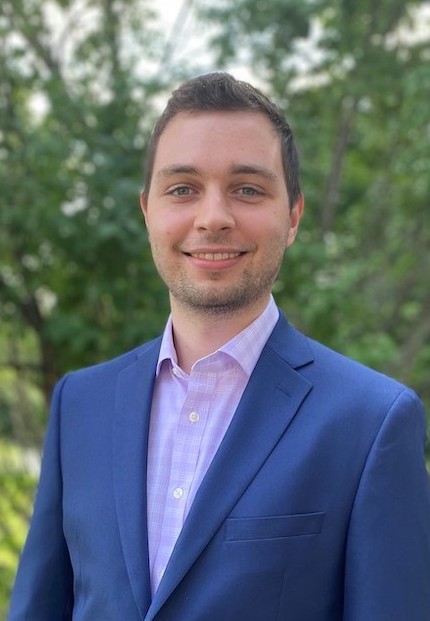Clinic-Wide Cherenkov Imaging Identifies New Areas of Quality Improvement in Radiation Therapy
D Alexander1,2*, M Jermyn1,2, P Bruza1,2, R Zhang1,3,4, E Chen5, S Decker1, B Pogue1,2,3,4, L Jarvis3,4, D Gladstone1,3, (1) Thayer School of Engineering, Dartmouth College, Hanover, NH, (2) DoseOptics LLC, Lebanon, NH, (3) Geisel School of Medicine, Dartmouth College, Hanover, NH, (4) Dartmouth-Hitchcock Medical Center, Lebanon, NH, (5) Cheshire Medical Center, Keene, NH
Presentations
(Saturday, 3/26/2022) 10:30 AM - 12:30 PM [Central Time (GMT-5)]
Room: Celestin D-E
Purpose: The aim of this work was to discover the benefits of an always-on Cherenkov imaging system as a novel quality improvement system through retrospective review of imaging data at our center.
Methods: Continuous Cherenkov imaging of all patients was attempted during a 12-month period by automating image acquisition using an always-on commercially available system. Camera systems were installed in two treatment bunkers in the radiation oncology clinic at our center and one bunker in an affiliated satellite clinic. One bunker contained three cameras, and the other two contained dual lateral cameras each. Images were acquired automatically as part of normal treatment procedure for every patient and reviewed retrospectively, with potential incidents flagged for evaluation by the physician and medical physics teams.
Results: In total, 622 patients were imaged and reviewed as part of this retrospective study. Out of these, 9 patients were identified with incidents occurring during their course of treatment that were detected only with Cherenkov imaging. These incidents related to issues during simulation, planning, pre-treatment review, and treatment delivery. Primary areas of improvement identified in this study are dose to unintended areas in planning, dose to unintended areas due to positioning, and non-ideal bolus placement during setup. All detected events were deemed below the threshold for reporting.
Conclusion: The observation of the events in this study indicates that an always-on Cherenkov imaging system can lead to quality improvement in practice. No effort was required by the radiotherapy team to acquire these images, and the system as installed provides both a real-time live view as well as a permanent record of the treatment. Future work will involve better integration of the Cherenkov image review experience with routine clinical workflows as well as the development of image review protocols to formalize this system as a quality improvement method.
Funding Support, Disclosures, and Conflict of Interest: This work has been funded in part by NIH grants R01 EB023909 and R44 CA232879 and the Norris Cotton Cancer Center shared irradiation resources through P30 CA023108. DA, MJ, PB, BP, and LJ have competing interests in DoseOptics, LLC.
Keywords
Optical Imaging, Quality Assurance, Setup Errors
Taxonomy
IM/TH- Formal Quality Management Tools: Error taxonomies and incident reporting analyses
Contact Email



